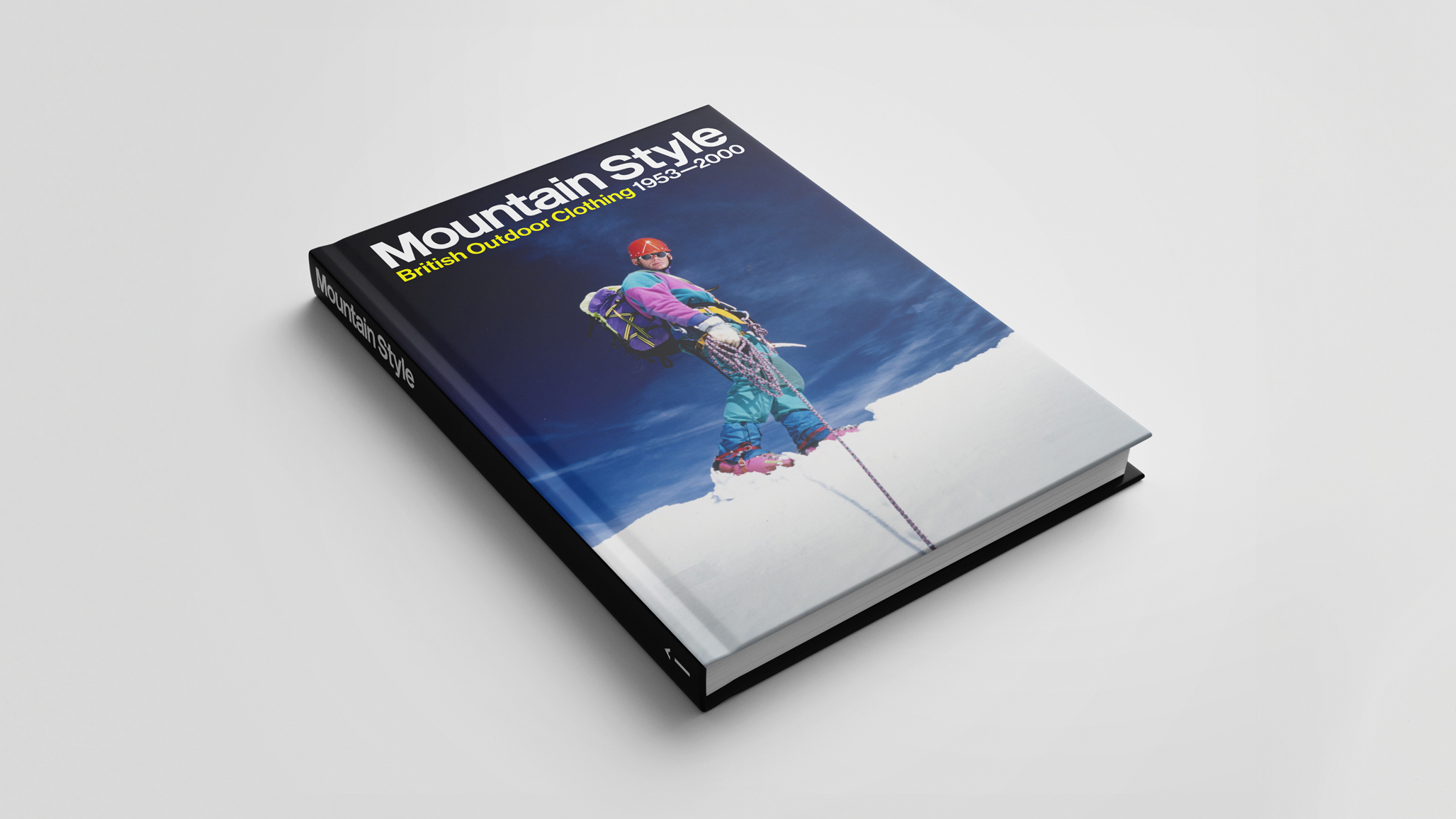In the outdoor world, few of us will admit to being sartorial snobs – we rate functionality over fashion, right? So long as it works in the hills, we don’t give a toss about how it looks in the bar afterwards. Except..
. we’re all lying to ourselves aren’t we? Go into any Peak District pub or alpine-area café, attend an outdoor festival, a talk by an adventure celebrity, or just look around during a trail-running, mountain biking, kayaking or climbing event and you’ll see that everyone is at it: we’re all checking out one another’s threads and making judgements. Nice .

Lovely . Tasty . Damn – bet that We’re every bit as guilty of label-leering as the Gucci-wearing set.
And we don’t restrict ourselves to wearing our best kit in the hills. I’m right there with the other mums and dads at the school gate in my conspicuously clean or . And why not? I use these pieces of technical apparel in the wild as well, but they’re comfy, warm and good-looking for everyday wear too (and I really don’t have much else in my wardrobe anyway).
All the big names in the outdoor game – , , – earned their high-ranking kudos by producing gear for use in the extreme parts of the globe. But so too did many pioneering British brands. And much of this clothing was being designed and made by the very people who were wearing it on the world’s highest summits, because they alone knew what was required in such challenging conditions.
And that makes for a very cool story – on.
















